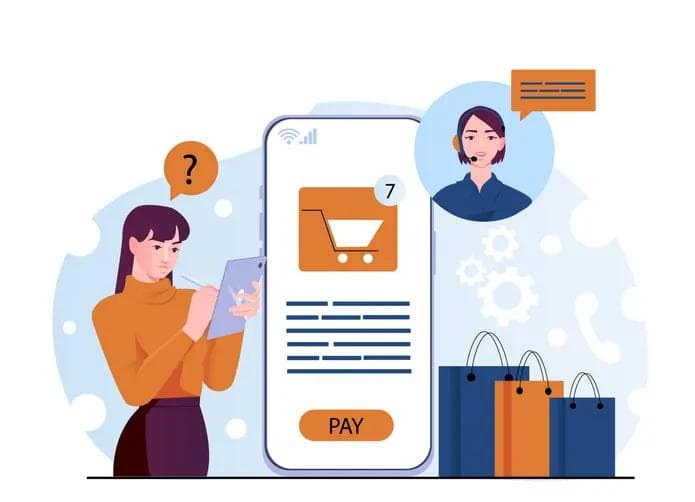Why banking on email is a safe bet for financial services organisations
Why banking on email is a safe bet for financial services organisations
Published by linker 5
Posted on August 27, 2020

Published by linker 5
Posted on August 27, 2020

By Sam Holding, Head of International at SparkPost
In some businesses, the status quo seems like a safe bet. Rocking the boat comes with potential risk to customer reputation, liability exposure, or regulatory concerns.
Historically, that has often been the case with marketing technology adoption in the financial services industry. This reluctant aptitude was fed by strict regulatory and compliance requirements, and frameworks like MiFID II, endorsing a specific approach when it comes to the use of technology as well as the context and tone of communications.
In today’s highly competitive landscape, though, the “safest” choice can turn out to be the least safe of all. Playing it safe can actually prove rather risky, even for financial services organisations with justly stringent controls, and a reputation for conservative decision-making.

Sam Holding
The reason for that is that consumer behaviour has changed dramatically. Consumers all over the globe are more mobile, engaged and connected than ever before. What used to be “the internet of things” is now “the internet of me”, where consumers expect that all the things they want and need will be just one click away.
Consumers increasingly expect this level of convenience from service providers across the financial sector—from banks to investment firms, credit card providers, or insurance companies. In fact, it has become a key competitive battleground.
To keep up, financial institutions must find ways of delivering valuable, reliable, continual communications to the customer securely, consistently, frequently and on time. Additionally, the connected consumer has (and uses) various apps on his/her mobile device. The one app that comes pre-loaded on every smartphone is email. Brands can capitalise on the most valuable and most leveraged app in the world, by optimising the brand experience through email. This is the prime (and probably most overlooked) opportunity to form connections with the connected consumer. Not just by sending emails, but by building and developing customer relationships.
Finding ways to deepen relationships with customers across the board and instil true, long-lasting loyalty, plays an essential role in driving profitability across the financial services industry. One of the most important tethers that is always present between a consumer and a brand is an email relationship. Email is needed much of the time to perform basic tasks, such as account logins or order updates. Even consumers that opt out of promotional emails have come to expect that their email address will be used to stay informed of important updates with automated, transactional emails. Email has actually become ground zero for any online digital relationship, and Retail Banking is no exception.
Competitors are moving to the cloud like never before, while consumers are more in control than ever. Every bank and financial services organisation must approach consumers on their terms, over the channels they choose, with the level of service they demand—or risk losing them for good. And that includes email.
Consumers have always been making emotional connections with brands; even more so in a time of crisis, like the current pandemic. Retail Banking has traditionally been focusing its marketing efforts on brand building. Undoubtedly, a solid, reputable brand is a great asset. However, as consumers become more connected, financial services organisations may need to switch over to building a digitalised customer experience and engaging more with consumers; while maintaining safety and compliance standards.
Explore more articles in the Business category











